Full Sleeve Tattoos: Design Ideas, Techniques, and Inspiration
- Leonardo Pereira
- Mar 6
- 25 min read
Full sleeve tattoos have emerged as one of the most striking and comprehensive forms of body art, transforming entire arms into canvases of personal expression. Whether you're drawn to the bold aesthetics of a colorful sleeve tattoo or the subtle elegance of a black and grey sleeve, full arm tattoos offer unparalleled opportunities for creativity and storytelling. From intricate Japanese sleeve tattoos to photorealistic sleeve designs, the world of complete arm tattoos is as diverse as it is fascinating.
In this comprehensive guide, we'll explore every aspect of full sleeve tattoos, from planning and execution to aftercare and social considerations. Whether you're contemplating your first tattoo or looking to expand your existing body art into a full sleeve, this article provides invaluable insights into the art, process, and impact of sleeve tattoo designs.
Here's what you'll discover in our in-depth exploration of full sleeve tattoos:
From half sleeve tattoo ideas to the intricacies of realistic sleeve tattoos, we'll cover a wide range of styles and techniques. You'll learn about the symbolism behind different sleeve designs, discover the process of creating a cohesive arm sleeve tattoo, and gain insights into the latest trends in full sleeve artistry.
Join us as we unravel the complexities and beauty of full sleeve tattoos, exploring how these extensive body art pieces have become a powerful medium for personal expression and artistic innovation in the world of tattoos.
1. Understanding Full Sleeve Tattoos

Full sleeve tattoos represent a pinnacle of body art, transforming an entire arm into a canvas for personal expression and artistic prowess. These extensive tattoos typically cover the arm from shoulder to wrist, creating a cohesive and often intricate design that tells a story or represents a theme significant to the wearer. The term "sleeve" originates from the similarity to a sleeve of clothing, completely enveloping the arm in ink. Full sleeve tattoos have gained immense popularity in recent years, appealing to those who seek a bold and comprehensive form of self-expression through body modification.
The scope of full sleeve tattoos extends beyond just filling space; it's about creating a harmonious flow of imagery that works with the contours of the arm. Artists must consider the way the design will wrap around the arm, how it will look from different angles, and how individual elements will connect to form a unified piece. This comprehensive approach distinguishes full sleeves from collections of smaller, unrelated tattoos that might cover the same area.
Understanding the difference between full, half, and quarter sleeves is crucial for anyone considering this type of tattoo. A full sleeve covers the entire arm from shoulder to wrist, while a half sleeve typically extends from the shoulder to the elbow or from the elbow to the wrist. Quarter sleeves are even shorter, usually covering just the shoulder area or the forearm. Each variation offers different possibilities in terms of design and impact, with full sleeves providing the most extensive canvas for elaborate artistry.
The cultural and historical context of sleeve tattoos adds depth to their significance. In many Polynesian cultures, full body tattoos, including arm sleeves, have been practiced for centuries as a way to denote social status, personal history, and cultural identity. Japanese tattooing, or Irezumi, has a rich tradition of full body suits, including intricate sleeve designs that often depict scenes from folklore or nature. In Western culture, the popularity of sleeve tattoos has roots in maritime and military traditions, where sailors and soldiers would collect tattoos from their travels, eventually covering entire arms.
Today, full sleeve tattoos have transcended their historical contexts to become a widely accepted form of personal art. They appeal to people from all walks of life, serving as a means of self-expression, a way to commemorate important life events, or simply as a form of aesthetic enhancement. The commitment required for a full sleeve tattoo often signifies a deep personal connection to the art form and the messages conveyed through the chosen imagery.
2. Planning Your Full Sleeve Tattoo

Planning a full sleeve tattoo is an extensive process that requires careful consideration and creativity. The first step in this journey is choosing a theme or concept that will unify the entire sleeve. This theme could be anything from nature-inspired imagery to abstract geometric patterns, from cultural or religious symbolism to a narrative that tells your personal story. The key is to select a concept that not only resonates with you on a deep level but also has enough depth and variety to sustain interest across the entire arm.
Considerations for skin tone and arm shape play a crucial role in planning your full sleeve tattoo. Different colors and styles can appear differently on various skin tones, and a skilled tattoo artist can advise on which approaches will work best for your complexion. The natural contours of your arm should also be taken into account when planning the design. A well-designed sleeve will flow with the muscles and bone structure of your arm, enhancing its natural shape rather than working against it. This might involve adapting the design to wrap around the bicep, flow over the elbow, and taper towards the wrist in a way that complements your arm's unique features.
Budgeting and time commitment are important practical aspects to consider when planning a full sleeve tattoo. Full sleeve tattoos are a significant financial investment, often requiring multiple sessions over an extended period. It's crucial to be realistic about the costs involved, including the initial tattooing sessions, potential touch-ups, and aftercare products. Time commitment is equally important; a full sleeve can take many hours of work spread over several sessions, sometimes spanning months or even a year to complete. This requires dedication and patience, as well as the ability to schedule regular appointments around your work and personal life.
Finding the right tattoo artist is perhaps the most critical step in planning your full sleeve tattoo. Look for an artist who specializes in the style you're interested in and has experience with large-scale pieces like sleeves. Review their portfolio carefully, paying attention to the quality of their linework, shading techniques, and ability to create cohesive large-scale designs. Many people find it helpful to schedule consultations with several artists before making a decision. During these consultations, discuss your ideas, ask about their approach to sleeve tattoos, and assess whether you feel comfortable with them. A good artist will be able to offer valuable input on your design ideas and how to adapt them to work best as a sleeve.
The planning phase is also the time to consider how your full sleeve tattoo might evolve over time. Think about whether you want to leave space for future additions or modifications. Some people choose to start with a half sleeve tattoo and later expand it into a full sleeve. Others plan their entire sleeve from the beginning but get it tattooed in stages. Consider how different elements of the sleeve will look on their own, as you may be living with partial components of the design for extended periods between sessions. This foresight can help ensure that your sleeve tattoo remains a cherished part of your body art collection for years to come.
3. Popular Styles for Full Sleeve Tattoos

Full sleeve tattoos offer a vast canvas for artistic expression, and various styles have emerged as popular choices among enthusiasts. Traditional and neo-traditional sleeves are characterized by bold lines, vibrant colors, and iconic imagery such as roses, anchors, and swallows. These styles pay homage to the roots of Western tattooing while allowing for modern interpretations. Traditional sleeves often feature a collection of distinct images that work together to create a cohesive look, while neo-traditional designs might incorporate more complex shading and a broader color palette to create a more nuanced aesthetic.
Realistic and portrait sleeve tattoos have gained significant popularity, showcasing the incredible skill of modern tattoo artists. These sleeves aim to recreate photorealistic images on the skin, often depicting faces, animals, or landscapes with stunning detail. Realistic sleeves require exceptional technical skill from the artist, particularly in shading and creating depth. Portrait sleeves, featuring lifelike depictions of people, are often chosen to honor loved ones or iconic figures. The challenge with realistic sleeves lies in maintaining the integrity of the images as they wrap around the contours of the arm, requiring careful planning and execution.
Japanese and Asian-inspired full sleeves have a rich history and continue to be highly sought after. These sleeves typically feature traditional Japanese motifs such as koi fish, dragons, cherry blossoms, and waves, often set against backgrounds of clouds or wind bars. Japanese sleeve tattoos are known for their fluid, full-color designs that flow seamlessly from shoulder to wrist. The imagery in these sleeves is often symbolic, with each element carrying specific meanings rooted in Japanese culture and mythology. The cohesive nature of Japanese sleeve designs makes them particularly well-suited for full arm coverage.
Black and grey sleeve designs offer a timeless and versatile option for those who prefer a more subdued palette. These sleeves can range from soft, shaded pieces to high-contrast designs with deep blacks and bright highlights. Black and grey sleeves are particularly effective for creating depth and dimension, making them popular for realistic designs, gothic themes, or architectural imagery. The absence of color allows for a focus on texture and detail, creating sleeves that are both striking and nuanced.
Colorful and vibrant full sleeve tattoos push the boundaries of what's possible in tattoo artistry. These sleeves often incorporate a wide range of bright, bold colors to create eye-catching designs. Popular themes for colorful sleeves include underwater scenes, cosmic imagery, or fantasy landscapes. The challenge with colorful sleeves lies in balancing the various hues to create a harmonious overall design. Skilled artists can use color theory to create sleeves that are visually stunning without being overwhelming.
Abstract and geometric sleeve patterns have gained popularity among those seeking a more modern or unconventional aesthetic. These sleeves might feature non-representational shapes, optical illusions, or complex geometric patterns. Abstract sleeves allow for great creativity and personal interpretation, with designs that can range from minimalist line work to complex, multi-layered compositions. Geometric sleeves often incorporate sacred geometry or mandala-like patterns, appealing to those interested in mathematical precision and symmetry in their body art.
4. Elements and Themes in Full Sleeve Tattoos

Full sleeve tattoos offer an expansive canvas for exploring various elements and themes, allowing for deep personal expression and artistic creativity. Nature-inspired sleeve tattoos remain perennially popular, offering a vast array of possibilities. Floral sleeves, featuring intricate arrangements of flowers, leaves, and vines, can symbolize growth, beauty, and the cycles of life. These designs often incorporate specific flowers chosen for their personal or cultural significance. Animal-themed sleeves allow individuals to showcase their connection to certain creatures, whether it's the majesty of big cats, the freedom of birds in flight, or the mystique of sea life. Landscape sleeves can depict anything from serene forest scenes to dramatic mountain vistas, often serving as a tribute to places of personal importance or representing a love for the natural world.
Mythological and fantasy themes provide rich material for full sleeve tattoos, allowing wearers to bring legendary stories and imaginary worlds to life on their skin. Greek and Roman mythology are popular sources, with sleeves depicting gods, goddesses, and heroic tales. Norse mythology, with its dramatic narratives and distinctive aesthetics, has also gained traction in sleeve designs. Fantasy-themed sleeves might include elements like dragons, fairies, or scenes from beloved books or movies. These tattoos allow for great creativity, often blending realistic elements with imaginative designs to create truly unique and personal mythological narratives.
Cultural and tribal sleeve designs offer a way for individuals to honor their heritage or express appreciation for diverse traditions. Polynesian and Maori-inspired sleeves, with their bold, geometric patterns and deep cultural symbolism, are popular choices. Celtic sleeves, featuring intricate knotwork and spirals, appeal to those with Irish or Scottish heritage or an affinity for Celtic aesthetics. Native American-inspired designs, incorporating elements like dreamcatchers, feathers, and spirit animals, are another common choice. It's important to approach these cultural designs with respect and understanding, ideally working with artists who have knowledge of the traditions being represented.
Personal narrative and symbolic sleeves are perhaps the most meaningful, as they allow individuals to tell their life stories through imagery. These sleeves might incorporate elements representing significant life events, personal achievements, or important relationships. Symbolic tattoos can include religious or spiritual imagery, representations of personal values, or abstract concepts given visual form. The challenge in creating these sleeves lies in finding cohesive ways to represent diverse aspects of one's life and beliefs. Skilled artists can weave together various symbols and images to create a unified narrative that flows naturally across the arm.
Biomechanical and sci-fi inspired sleeves push the boundaries of tattoo artistry, creating the illusion of mechanical parts beneath the skin or futuristic enhancements to the human form. These designs often feature hyper-realistic depictions of gears, pistons, or circuitry seamlessly blending with human anatomy. Sci-fi sleeves might incorporate elements from favorite movies or books, or create entirely original alien landscapes and technologies. These futuristic designs appeal to those fascinated by technology, science fiction, or the concept of human enhancement. The complexity of these sleeves requires artists with exceptional skills in creating depth and realism to achieve the desired effect of melding man and machine.
5. The Process of Getting a Full Sleeve Tattoo

The process of getting a full sleeve tattoo is a significant undertaking that begins with an initial consultation and design phase. During this crucial first step, you'll meet with your chosen tattoo artist to discuss your ideas, preferences, and any specific imagery or themes you want to incorporate. The artist will take measurements of your arm and may photograph it from various angles to aid in creating a design that flows naturally with your body's contours. This phase often involves multiple conversations and revisions as you and the artist work together to refine the concept. It's not uncommon for the design process to take several weeks or even months, especially for complex sleeves with multiple elements.
Once the design is finalized, the tattooing process begins with the outlining session. This first session is crucial as it sets the foundation for the entire sleeve. The artist will transfer the design onto your skin using a stencil and then begin the outline work. This session can be lengthy, often taking several hours, as it involves creating the basic structure of the entire sleeve. For many, this initial session is both exciting and nerve-wracking, as it's the first time they see the design taking shape on their skin. It's important to communicate openly with your artist during this session about any concerns or discomfort you may experience.
Following the outlining, subsequent sessions focus on shading and coloring. These sessions are where the tattoo really comes to life, with the artist adding depth, texture, and vibrancy to the design. Depending on the complexity of your sleeve, you may need multiple shading and coloring sessions spread out over weeks or months. Each session typically lasts several hours, and it's not uncommon for full sleeve tattoos to require 40-60 hours of total tattooing time. The artist will work in sections, often completing one area before moving on to the next to ensure consistency in style and coloration across the entire sleeve.
Managing pain and endurance is a significant aspect of getting a full sleeve tattoo. Pain levels can vary depending on the specific area being tattooed, with areas like the inner bicep, elbow, and wrist generally being more sensitive. It's important to be mentally prepared for long sessions and to communicate with your artist if you need breaks. Some people find that bringing distractions like music or podcasts helps them get through longer sessions. Proper nutrition and hydration before and during sessions can also help with endurance. Remember that getting a full sleeve is a marathon, not a sprint, and it's okay to pace yourself over multiple sessions.
Healing between sessions is crucial for the overall success of your sleeve tattoo. After each session, your artist will provide specific aftercare instructions, which typically include keeping the tattooed area clean and moisturized, avoiding direct sunlight, and refraining from activities that might irritate the skin. The healing process for each session usually takes about 2-3 weeks, during which time you may experience some scabbing and peeling. It's essential to follow aftercare instructions carefully to ensure proper healing and to maintain the quality of the tattoo. The time between sessions allows for complete healing and gives you a chance to live with the partially completed sleeve, which can be helpful in making any necessary adjustments to the overall design as you progress.
6. Aftercare and Maintenance

Proper aftercare and maintenance are crucial for ensuring the longevity and vibrancy of your full sleeve tattoo. Immediate aftercare begins as soon as your tattoo session ends. Your artist will cover the freshly tattooed area with a sterile bandage or protective film. Follow your artist's specific instructions on when and how to remove this initial covering. Once removed, gently clean the tattoo with unscented, antibacterial soap and lukewarm water. Pat the area dry with a clean, soft towel. During the first few weeks, apply a thin layer of tattoo-specific aftercare ointment or an unscented, hypoallergenic moisturizer as recommended by your artist. Avoid soaking the tattoo in water, including baths and swimming pools, and stay out of direct sunlight during the initial healing phase, which typically lasts about two weeks.
Long-term care is essential for preserving the color and detail of your full sleeve tattoo. Sun exposure is one of the biggest factors in tattoo fading, so it's crucial to protect your sleeve from UV rays. When spending time outdoors, cover your tattoo with clothing or apply a high SPF sunscreen specifically designed for tattoos. Regular moisturizing is also important for maintaining the tattoo's appearance. Well-hydrated skin helps keep tattoo ink vibrant and prevents the skin from becoming dry or flaky, which can affect the tattoo's clarity. Choose fragrance-free, hypoallergenic moisturizers to avoid irritation.
As your sleeve tattoo ages, you may notice some natural fading or blurring of lines, particularly in areas that experience a lot of movement or friction. Touch-ups can help restore the vibrancy and sharpness of your tattoo. The frequency of touch-ups depends on various factors, including your skin type, lifestyle, and how well you've cared for the tattoo. Some people choose to have touch-ups every few years, while others may wait longer. During touch-up sessions, your artist can refresh colors, sharpen lines, and even make small additions or modifications to the design if desired.
Maintaining a full sleeve tattoo also involves being mindful of how your lifestyle and body changes might affect the tattoo. Significant weight gain or loss can alter the appearance of your sleeve, potentially stretching or distorting the design. If you're planning major body changes, discuss with your artist how this might impact your tattoo and what can be done to maintain its integrity. Additionally, certain skincare products or medications can affect tattoo ink, so it's important to be aware of any potential interactions.
For those considering additions to their sleeve over time, it's important to plan these carefully to maintain the cohesiveness of the overall design. Many people choose to leave space within their sleeve for future additions, allowing the tattoo to evolve with their life experiences. If you're thinking about expanding or modifying your sleeve, consult with your original artist if possible, or find an artist who specializes in reworks and can seamlessly integrate new elements into the existing design. Remember that a full sleeve tattoo is a living piece of art that can grow and change with you, reflecting your journey through life on your skin.
7. Social and Professional Considerations

Getting a full sleeve tattoo is a significant decision that can have various impacts on your personal and professional life. In recent years, societal attitudes towards tattoos have become more accepting, but it's still important to consider how a full sleeve might be perceived in different social and professional contexts. In many creative industries and informal work environments, visible tattoos are often welcomed or even celebrated as a form of self-expression. However, in more conservative professions or formal business settings, there may still be expectations of covering visible tattoos, including full sleeves.
The impact on personal life can be multifaceted. Many people find that their full sleeve tattoo becomes a part of their identity, a conversation starter, and a source of confidence. It can attract like-minded individuals who appreciate body art and lead to connections within the tattoo community. However, it's also important to consider how family members, particularly those from older generations or different cultural backgrounds, might react to such an extensive tattoo. While societal acceptance of tattoos has increased, individual opinions can vary widely, and it's worth considering how your tattoo might affect your relationships and interactions with others.
Covering and showcasing your full sleeve tattoo can become an art in itself. In professional settings where covering is necessary, long-sleeved shirts are the most straightforward solution. However, this can be challenging in warm weather or in certain types of work. Some people invest in specialized clothing designed to cover tattoos, such as skin-colored sleeves or UV-protective arm covers. On the other hand, many individuals choose to showcase their sleeve tattoos as part of their personal style, selecting clothing that complements or highlights their body art. The ability to cover or reveal your tattoo as needed provides flexibility in navigating different social and professional situations.
Changing perceptions of sleeve tattoos in society have led to greater acceptance in many areas of life. Media representation, celebrity culture, and the increasing prevalence of tattoos among younger generations have all contributed to normalizing extensive body art. Many workplaces have revised their policies on visible tattoos, recognizing that they don't necessarily reflect on an individual's professionalism or capabilities. However, it's important to note that this acceptance is not universal, and there may still be situations where visible tattoos could be seen as inappropriate or unprofessional.
For those considering a full sleeve tattoo, it's worth thinking about long-term career goals and how the tattoo might align with those aspirations. While attitudes continue to evolve, some industries and positions may still have restrictions on visible tattoos. It's advisable to research tattoo policies in your current field and any industries you might be interested in for the future. Some individuals choose to get their sleeve tattoos in stages, starting with areas easily covered by standard work attire, allowing them to gauge reactions and adjust their approach as needed. Ultimately, the decision to get a full sleeve tattoo should be made with careful consideration of both personal expression and practical implications for your lifestyle and career path.
8. Cost and Time Investment

The cost of a full sleeve tattoo can vary significantly based on several factors, making it one of the more substantial investments in body art. On average, a full sleeve tattoo can range from $2,000 to $10,000 or more, depending on the complexity of the design, the experience and reputation of the artist, and the geographic location of the tattoo studio. High-end or celebrity tattoo artists in major cities might charge even more. It's important to remember that this cost is typically spread out over multiple sessions, which can make the financial burden more manageable but also requires careful budgeting over an extended period.
Several factors affect the price of a full sleeve tattoo. The intricacy of the design is a primary consideration; highly detailed, photorealistic, or complex color work will generally cost more due to the time and skill required. The size of your arm and the amount of coverage desired also play a role in determining the cost. Some artists charge by the hour, with rates ranging from $100 to $300 or more per hour, while others might provide a flat rate for the entire sleeve project. Additional costs to consider include touch-ups, aftercare products, and potentially special clothing to protect or cover the tattoo during the healing process.
The time investment for a full sleeve tattoo is considerable, often spanning several months from the initial consultation to the final session. The design process alone can take weeks or even months, especially for complex or highly personalized sleeves. Once the tattooing begins, a full sleeve typically requires multiple sessions, each lasting several hours. On average, the total tattooing time for a full sleeve can range from 20 to 40 hours, spread across 5 to 10 sessions or more. However, very detailed or extensive sleeves might require even more time.
The duration of each tattooing session can vary based on the individual's pain tolerance, the artist's working style, and the specific area being tattooed. Most sessions last between 3 to 7 hours, with breaks included. It's crucial to allow adequate healing time between sessions, typically 2 to 3 weeks, which extends the overall timeline of the project. This healing time is essential for the skin to recover and for the tattoo to settle, ensuring the best possible outcome for each stage of the sleeve.
When considering the time and cost investment of a full sleeve tattoo, it's important to factor in the long-term commitment. Beyond the initial tattooing process, full sleeves require ongoing care and maintenance. This includes the time and potential costs associated with touch-ups over the years to keep the tattoo looking vibrant. Additionally, the time spent daily on proper skincare and sun protection for your tattoo should be considered part of the ongoing investment in your sleeve. While the initial time and financial commitments are significant, many people find that the personal value and satisfaction derived from their full sleeve tattoo make it a worthwhile investment in self-expression and art.
9. Famous Full Sleeve Tattoos

Celebrity full sleeve tattoos have played a significant role in popularizing and normalizing extensive body art in mainstream culture. High-profile figures from various fields, including music, sports, and entertainment, have showcased elaborate sleeve tattoos, influencing trends and inspiring fans. For instance, musicians like Adam Levine and Travis Barker are known for their extensive and intricate full sleeve tattoos, which have become part of their public personas. These celebrity sleeve tattoos often garner significant media attention, sparking conversations about tattoo artistry and personal expression on a global scale.
In the world of sports, athletes with full sleeve tattoos have become increasingly common, challenging traditional notions of what professional athletes should look like. Basketball players like LeBron James and soccer stars like David Beckham have made their sleeve tattoos part of their iconic images. These athletes' tattoos often tell personal stories or represent important aspects of their lives and careers, demonstrating how full sleeves can be both aesthetically striking and deeply meaningful.
Iconic sleeve designs in tattoo history have set standards and inspired countless variations. For example, the traditional Japanese full sleeve, with its cohesive themes and flowing designs, has been influential in tattoo artistry for generations. These sleeves often depict elements like koi fish, dragons, and cherry blossoms, telling complex stories through symbolism and artistic technique. Another iconic style is the "patchwork" sleeve, popularized in old-school American tattooing, where various distinct tattoos are collected over time to eventually form a full sleeve. This style has evolved into more cohesive designs while still maintaining the spirit of collecting meaningful pieces.
The influence of famous full sleeve tattoos extends beyond mere imitation. They often spark trends in tattoo styles, themes, and techniques. For instance, a celebrity's nature-themed sleeve might lead to increased interest in botanical designs, while a sports star's symbolic sleeve could inspire fans to incorporate personal mythology into their own tattoos. However, tattoo artists and enthusiasts emphasize the importance of personal meaning over celebrity imitation. The most successful and satisfying sleeve tattoos are those that resonate with the individual's own life experiences, values, and aesthetic preferences, rather than direct copies of famous designs.
10. Future Trends in Full Sleeve Tattoos
The world of full sleeve tattoos is continuously evolving, with new trends emerging that push the boundaries of traditional tattoo artistry. One significant trend is the increasing popularity of hybrid styles that blend different tattoo techniques and artistic influences. For instance, we're seeing more sleeves that combine photorealistic elements with abstract or geometric designs, creating visually striking and unique compositions. This fusion approach allows for greater personalization and artistic expression, enabling individuals to incorporate diverse elements that represent different aspects of their personalities or life experiences.
Emerging styles in full sleeve tattoos include the rise of minimalist and negative space designs. These styles use clean lines and strategic placement of ink to create impactful designs that incorporate the natural skin tone as part of the artwork. This trend appeals to those who prefer a more subtle or understated aesthetic while still committing to a full sleeve. Another growing trend is the use of single-needle technique for entire sleeves, resulting in incredibly fine, detailed work that resembles delicate illustrations more than traditional tattoos.
Technological advancements are set to play a significant role in the future of full sleeve tattoos. 3D printing technology is being explored for creating more precise stencils and even practicing tattoo application on synthetic skin. Virtual reality (VR) and augmented reality (AR) are also making their way into the tattoo world, allowing clients to visualize how a full sleeve might look on their arm before committing to the ink. These technologies could revolutionize the planning and design process for sleeve tattoos, providing a more interactive and customized experience.
Color trends in full sleeve tattoos are also evolving. While traditional bold colors remain popular, there's a growing interest in pastel and muted color palettes. These softer hues create a more watercolor-like effect, resulting in dreamy, romantic sleeves that have a painted quality. On the other end of the spectrum, high-contrast black and grey sleeves with pops of a single vibrant color (like red or blue) are gaining traction, offering a modern and edgy aesthetic.
As tattoo inks and techniques continue to advance, we can expect to see improvements in the longevity and vibrancy of full sleeve tattoos. Research into more skin-friendly and longer-lasting inks could address concerns about fading and the need for frequent touch-ups. There's also ongoing development in tattoo removal technologies, which, paradoxically, might encourage more people to get full sleeves, knowing that there are more effective options for removal or modification in the future if desired.
The influence of global art trends on full sleeve tattoos is likely to continue, with increased incorporation of diverse cultural aesthetics and artistic movements. We might see more sleeves inspired by contemporary art styles, digital art, or even animated elements that seem to come to life when the arm is in motion. The cross-pollination of ideas between tattoo artists worldwide, facilitated by social media and international tattoo conventions, will likely lead to exciting new styles and techniques specific to full sleeve designs.
Lastly, the future of full sleeve tattoos will likely see a continued blurring of the lines between tattoo art and other forms of body modification or adornment. Integration of scarification techniques, dermal implants, or even tech-based additions like bioresponsive inks could create sleeves that are more interactive and multidimensional. While some of these developments are still speculative, they point to an exciting and innovative future for full sleeve tattoos, where the possibilities for personal expression and artistic creativity are virtually limitless.
Conclusion
Full sleeve tattoos represent a pinnacle of personal expression and artistic commitment in the world of body art. As we've explored in this comprehensive guide, these extensive tattoos offer unparalleled opportunities for creativity, storytelling, and self-representation. From the initial planning stages to the final healing process, getting a full sleeve tattoo is a journey that requires careful consideration, significant investment, and a deep appreciation for the art form.
The diversity of styles and themes available in full sleeve tattoos caters to a wide range of personal tastes and meanings. Whether opting for a traditional Japanese-inspired design, a hyper-realistic nature scene, or an abstract geometric pattern, individuals can find a style that resonates with their personal aesthetic and story. The ability to cover such a large area allows for complex narratives and detailed artistry that smaller tattoos cannot achieve.
The process of getting a full sleeve tattoo is a commitment that goes beyond the physical act of tattooing. It involves careful planning, multiple sessions spread over months, and a significant financial investment. This journey can be transformative, often serving as a rite of passage or a milestone in one's life. The endurance required through long tattooing sessions and the healing process can be a testament to one's dedication and pain tolerance.
Social and professional considerations highlight how full sleeve tattoos interact with various aspects of life. While societal acceptance of visible tattoos has increased, it's important for individuals to consider how a full sleeve might impact their personal and professional spheres. The ability to cover or reveal the tattoo offers flexibility in navigating different social contexts.
Looking to the future, full sleeve tattoos continue to evolve with new techniques, styles, and technologies pushing the boundaries of what's possible in tattoo artistry. From advancements in ink technology to the integration of digital design tools, the world of full sleeve tattoos is poised for exciting developments that will offer even more possibilities for personal expression and artistic achievement.
In conclusion, full sleeve tattoos are more than just body art; they are a canvas for personal stories, a celebration of artistry, and a statement of individuality. Whether you're considering your first tattoo or looking to expand existing body art into a full sleeve, this guide provides a comprehensive overview of what to expect, consider, and appreciate about these remarkable works of art. As tattoo culture continues to evolve, full sleeve tattoos remain a powerful and popular form of self-expression, offering endless possibilities for creativity and personal significance.
Frequently Asked Questions About Full Sleeve Tattoos
How long does it take to complete a full sleeve tattoo? A full sleeve tattoo typically takes 20-40 hours of tattooing, spread over multiple sessions across several months.
How much does a full sleeve tattoo cost on average? Costs can range from $2,000 to $10,000 or more, depending on the artist, design complexity, and number of sessions.
Are full sleeve tattoos more painful than other tattoos? Pain levels vary, but areas like the inner bicep and elbow can be more sensitive. Overall, the experience is similar to other large tattoos.
Can I get a full sleeve tattoo if I have dark skin? Yes, experienced artists can create beautiful full sleeves on all skin tones, adjusting techniques and colors as needed.
How do I choose the right artist for my full sleeve? Look for artists with experience in large-scale tattoos and a style that matches your vision. Review portfolios and read client reviews.
Will my full sleeve tattoo fade over time? Some fading is natural, but proper care and sun protection can help maintain the tattoo's vibrancy.
Can I cover up existing tattoos with a full sleeve? Yes, a skilled artist can incorporate or cover existing tattoos into a new full sleeve design.
How do I care for my full sleeve tattoo during the healing process? Follow your artist's aftercare instructions carefully, which typically include keeping the area clean, moisturized, and protected from sun exposure.
Are there any professional environments where full sleeve tattoos are accepted? Acceptance varies by industry, but many workplaces are becoming more open to visible tattoos. Long sleeves can always provide coverage when needed.
Can I get a partial sleeve and add to it later? Yes, many people start with a partial sleeve and expand it over time as their design ideas or budget allows.
What are the most popular themes for full sleeve tattoos? Nature themes, Japanese-inspired designs, geometric patterns, and personal narratives are among the most popular choices.
How do full sleeve tattoos age as the body changes? Like all tattoos, full sleeves may shift slightly with age or weight changes. Regular moisturizing and sun protection help maintain their appearance.
Can I exercise or swim with a new full sleeve tattoo? It's best to avoid exercise that causes excessive sweating and swimming until the tattoo is fully healed, typically 2-4 weeks after each session.
How often do full sleeve tattoos need touch-ups? Touch-up frequency varies, but many people get touch-ups every few years to maintain vibrancy and sharpness.
Are there any health considerations for getting a full sleeve tattoo? Consult with your doctor if you have any skin conditions or health concerns. Always choose a reputable, licensed tattoo artist who follows proper sanitation procedures.
Other articles that may be of interest to you ⤵:
Rabbit Tattoos: Meanings, Designs, and InspirationHead Tattoos: The Ultimate Guide for Bold Self-Expression
Scalp Tattoo: The Ultimate Guide to Innovative Hair Solutions
Blackbird Tattoo: Unveiling the Beauty and Symbolism Behind the Ink
Evil Eye Tattoo: The Mystique of the Meanings and Inspiration
Nipple Tattoos: A Comprehensive Guide to Areola Reconstruction and Decorative Designs
Hip Tattoos: The Ultimate Guide to Choosing and Caring for Your Sexy Hip Ink
Divergent Tattoos: A Comprehensive Guide to Choosing, Placing, and Caring for Your Ink
Forearm Tattoos for Women: Styles, Inspiration, and Considerations
Sleeve Tattoos for Men: The Ultimate Guide to Designing and Rocking Your Ink
Best Friend Tattoos: Celebrating the Unbreakable Bond of Friendship
Wave Tattoo: Unleashing the Power and Beauty of the Ocean on Your Skin
Wrist Tattoos: Meaningful Designs and Ideas for Your Next Ink
Halloween Tattoos: Spooky and Creative Ideas for Ink Enthusiasts
Japanese Tattoo: Exploring the Rich History and Symbolism of Irezumi
Infinity Tattoo Ideas: Endless Inspiration for Your Next Ink
Cat Tattoos: Meanings, Designs, and Ideas for Feline-Inspired Ink
Feather Tattoo: Meanings, Designs, and Ideas for Your Next Ink
Lotus Flower Tattoo: Meanings, Designs, and Ideas for Your Next Ink
Polynesian Tattoo: Unraveling the Meanings and Traditions Behind the Ancient Art
Birth Flower Tattoos: Celebrating Your Birthday with Floral Ink
Forearm Tattoos for Women: Embracing Femininity and Self-Expression
Head Tattoos for Guys: Bold Designs and Crucial Considerations
Forearm Tattoos: Unleashing Your Personal Style on Skin Canvas
Arm Tattoos: Your Ultimate Guide to Inked Sleeves and Beyond
Phoenix Tattoo: Rising from the Ashes with Stunning Design Ideas
Heart Tattoo: Meanings, Designs, and Ideas for Your Next Ink


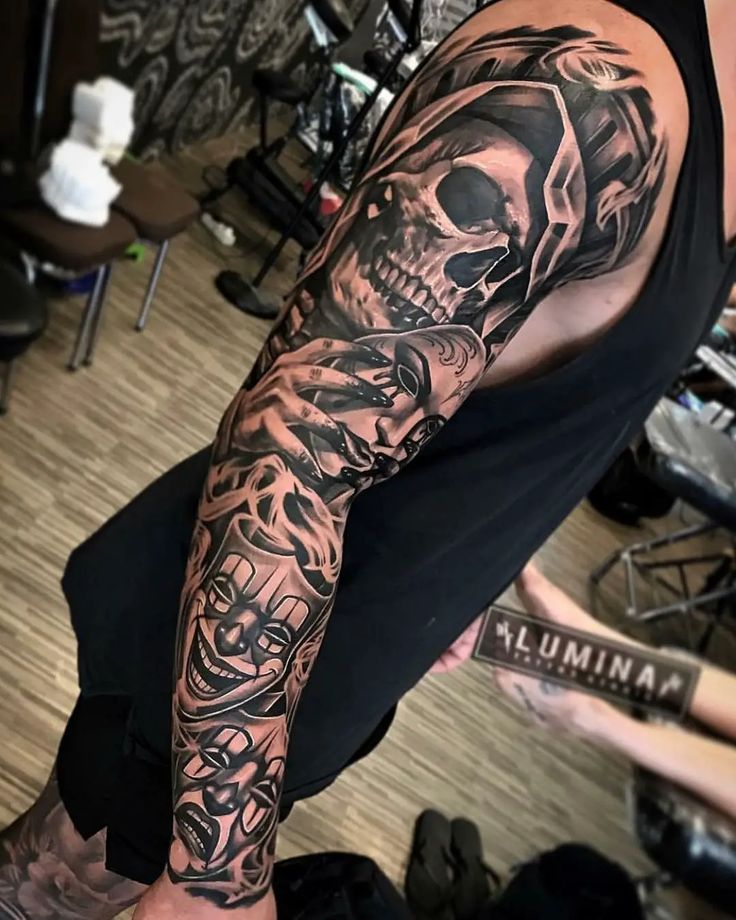

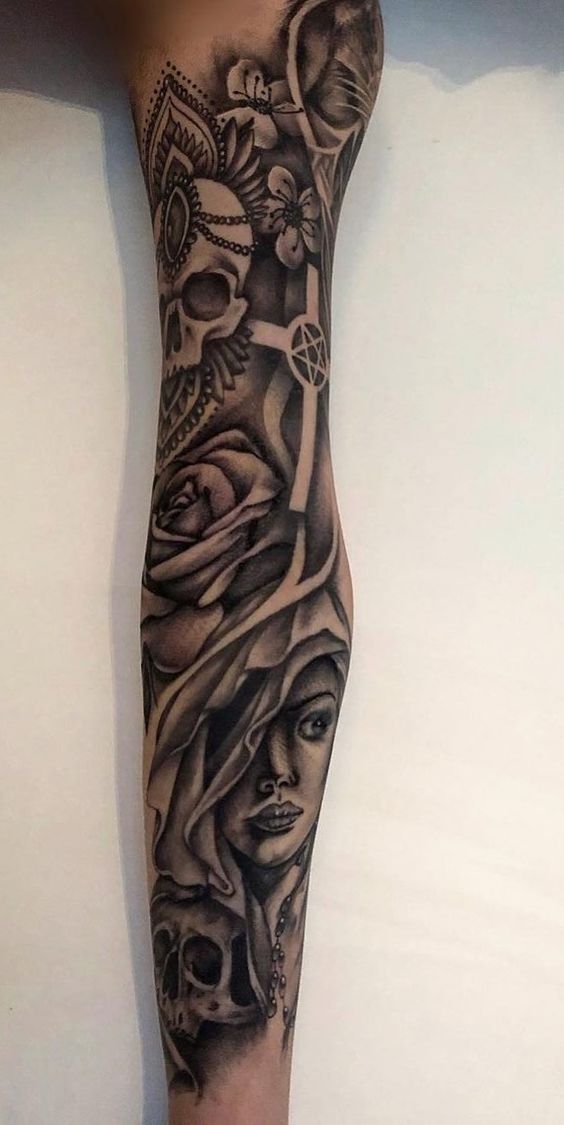

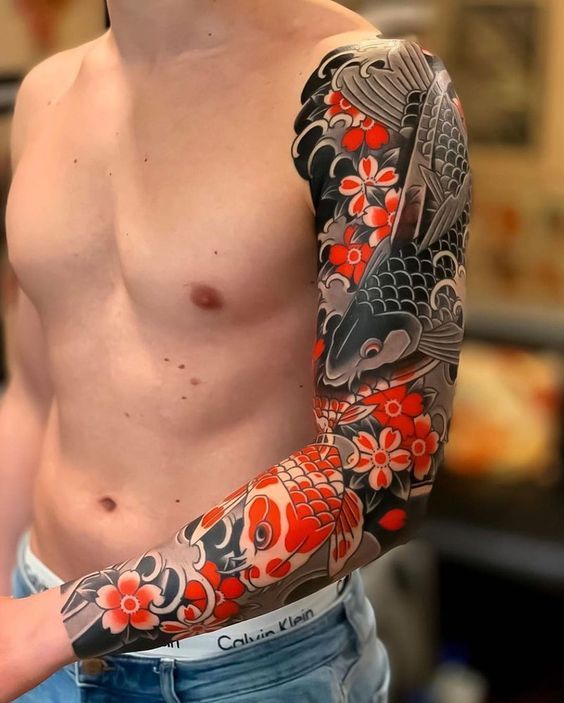

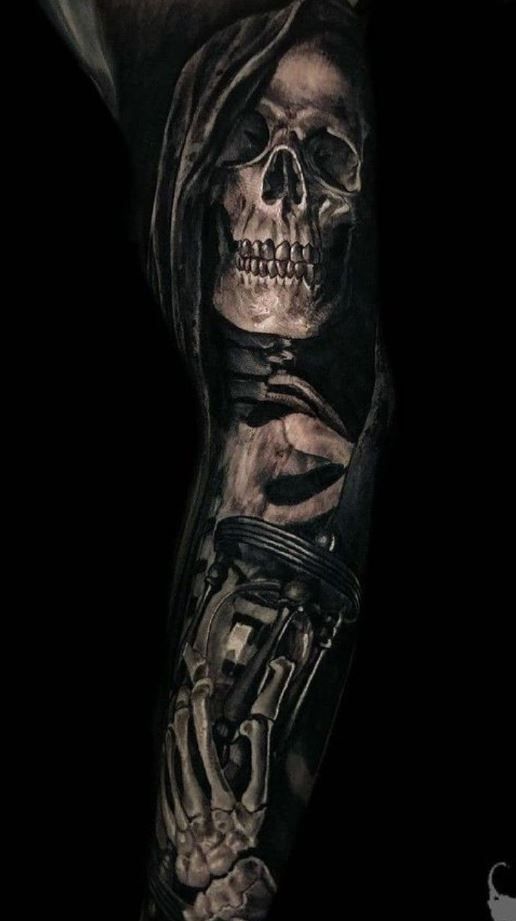

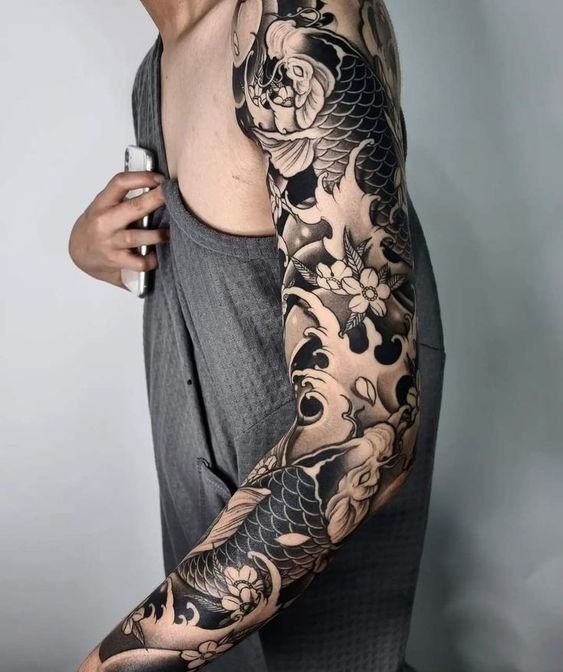

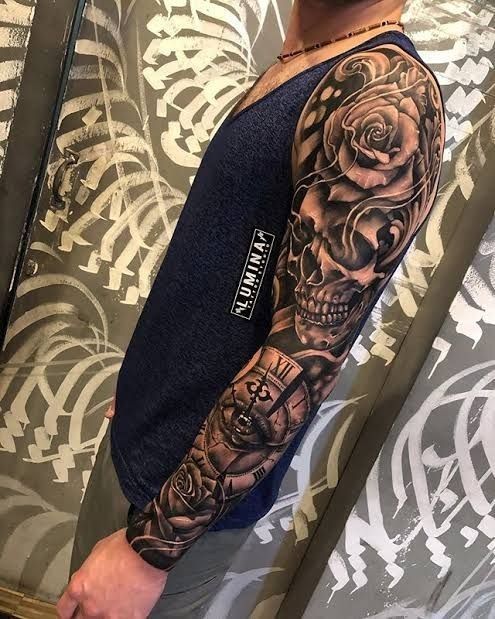



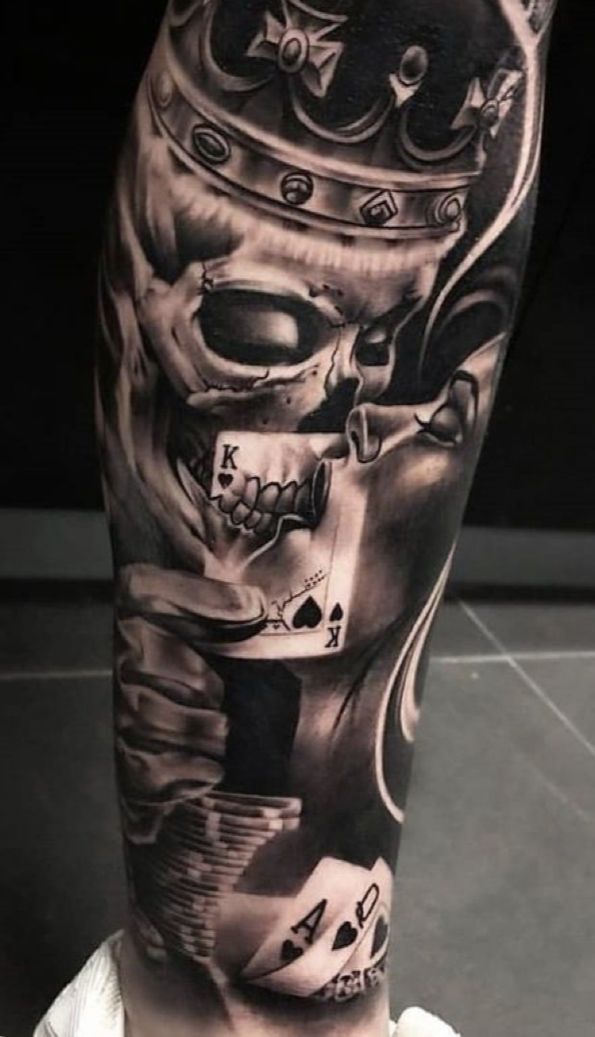

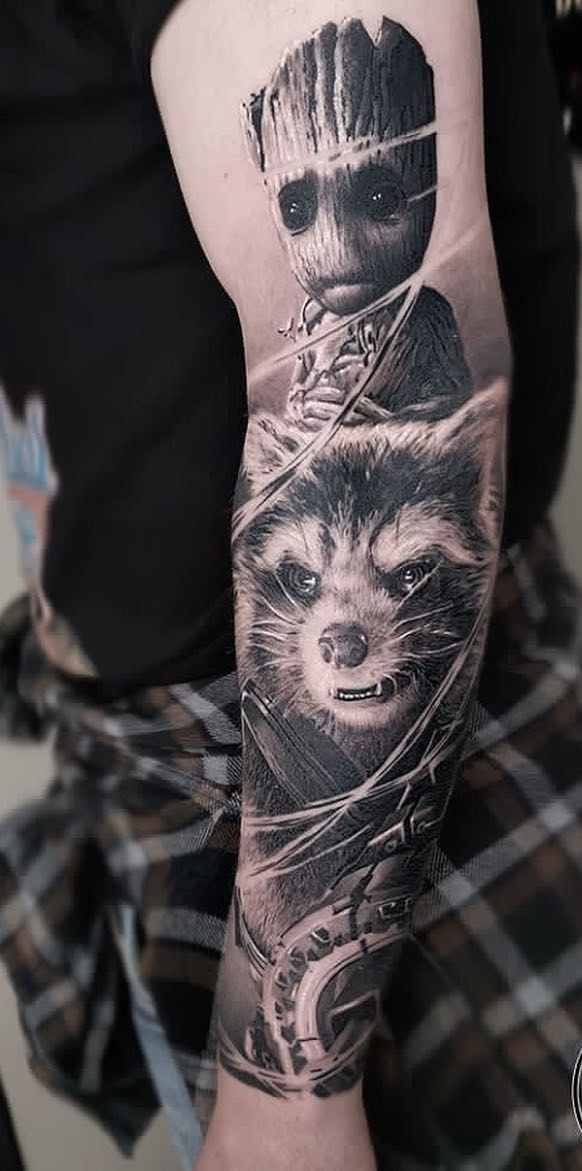

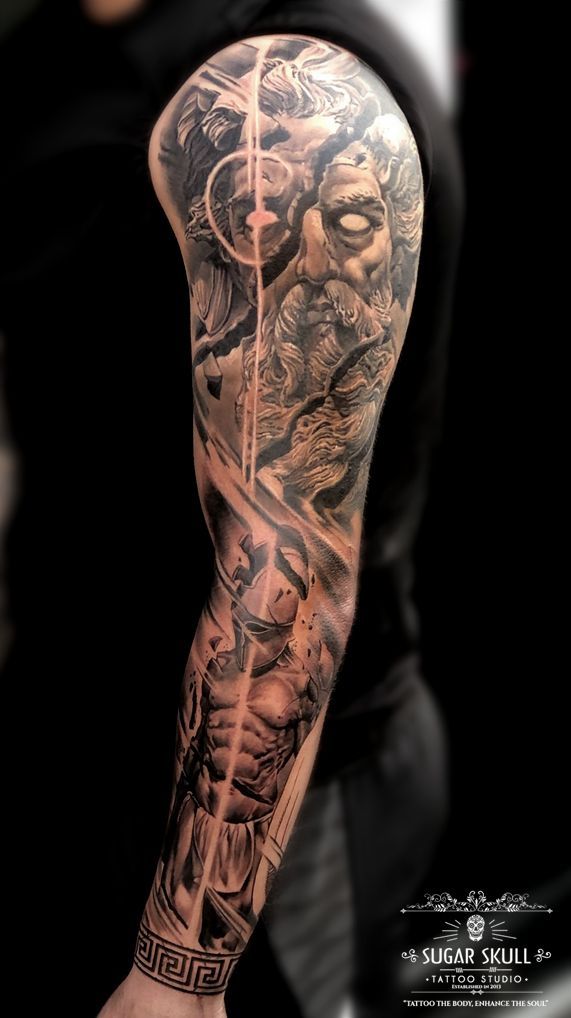

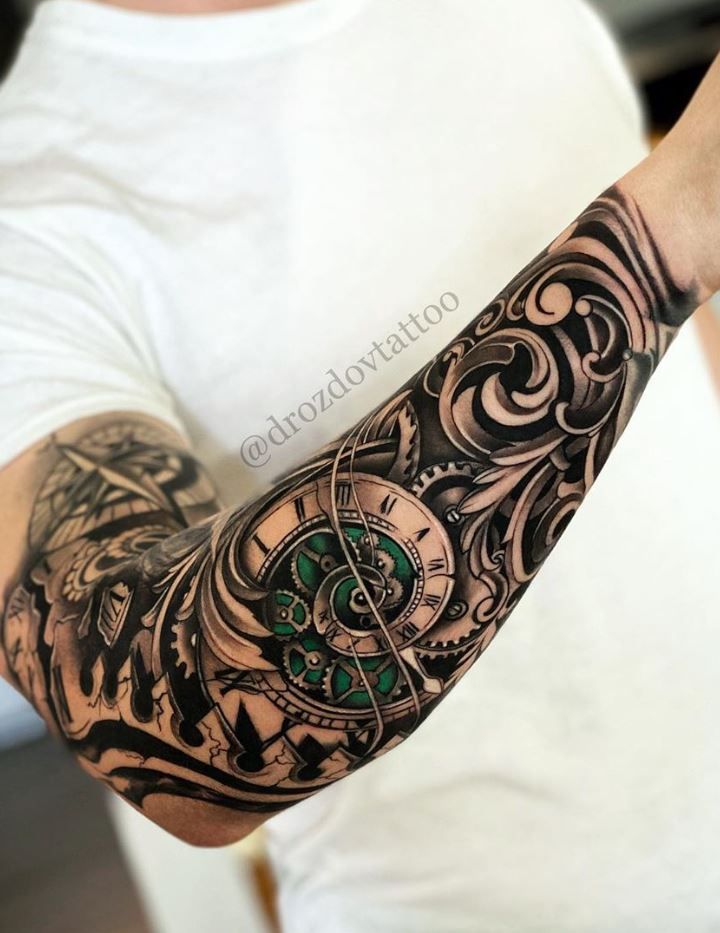

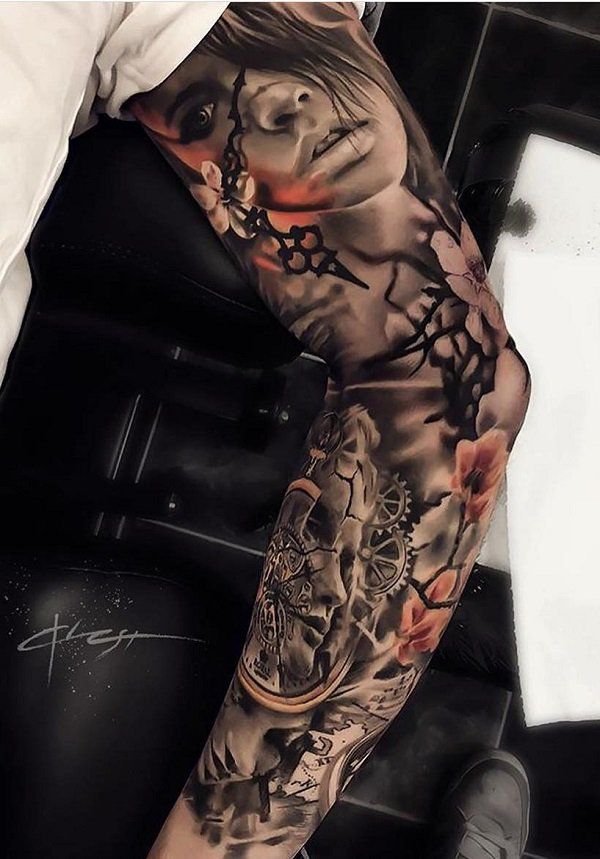

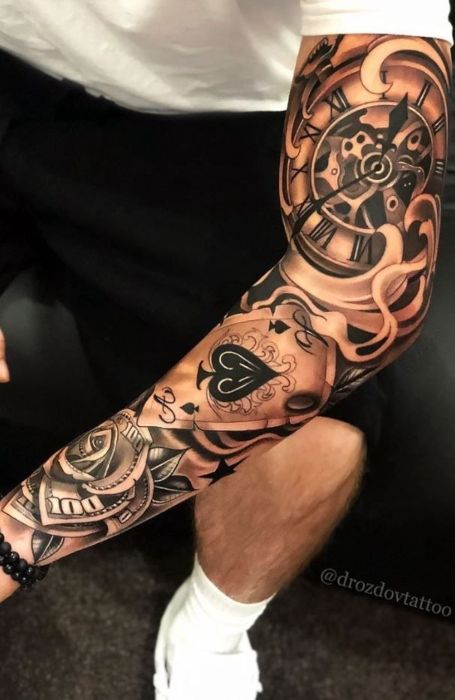

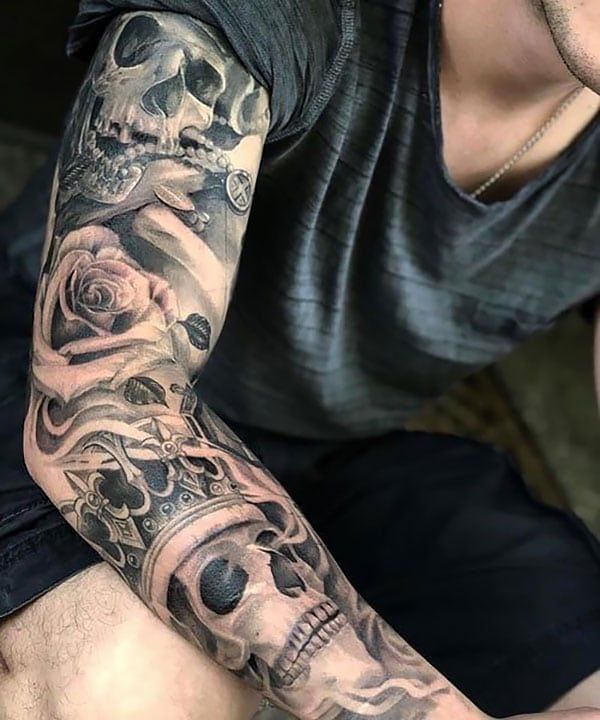

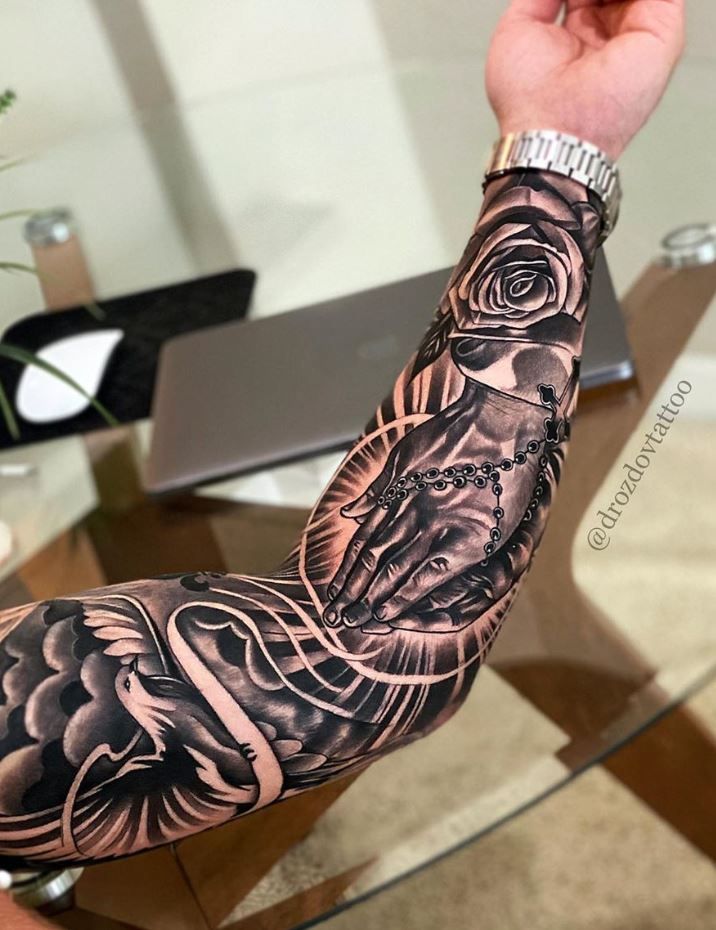

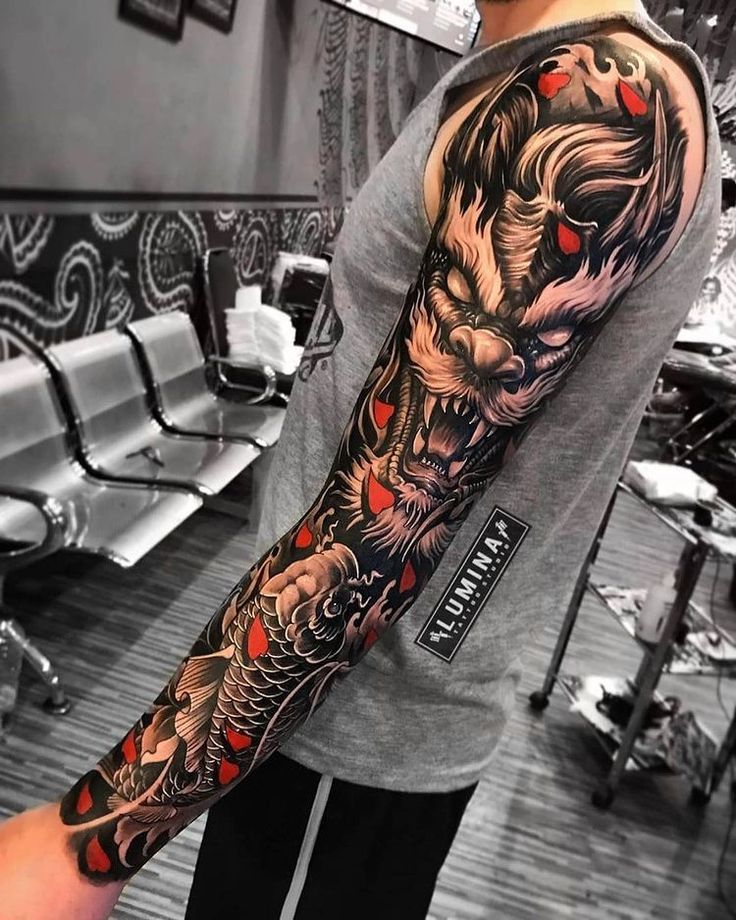

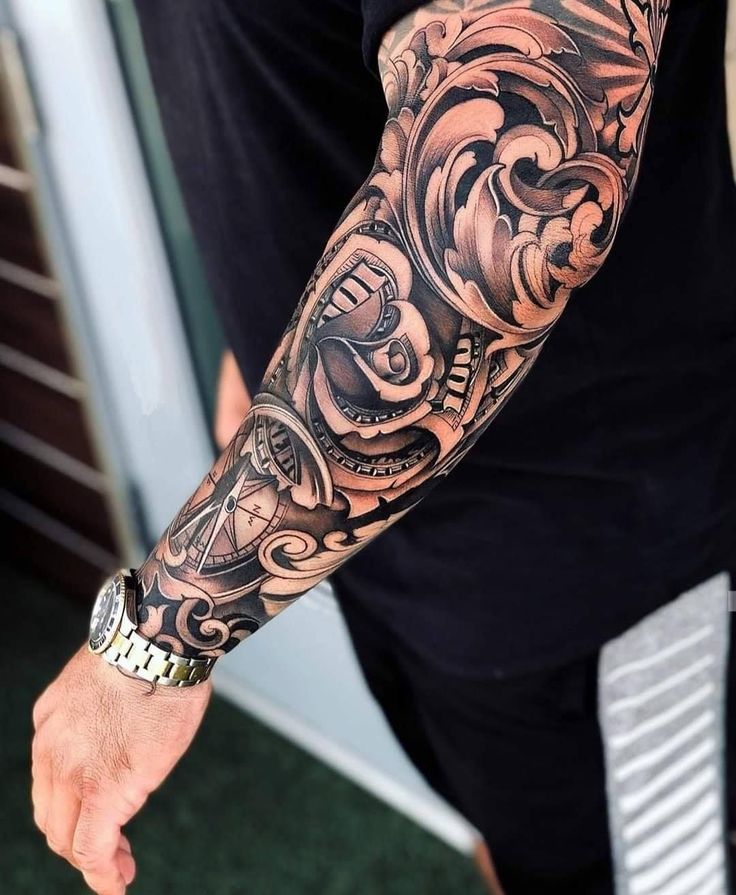

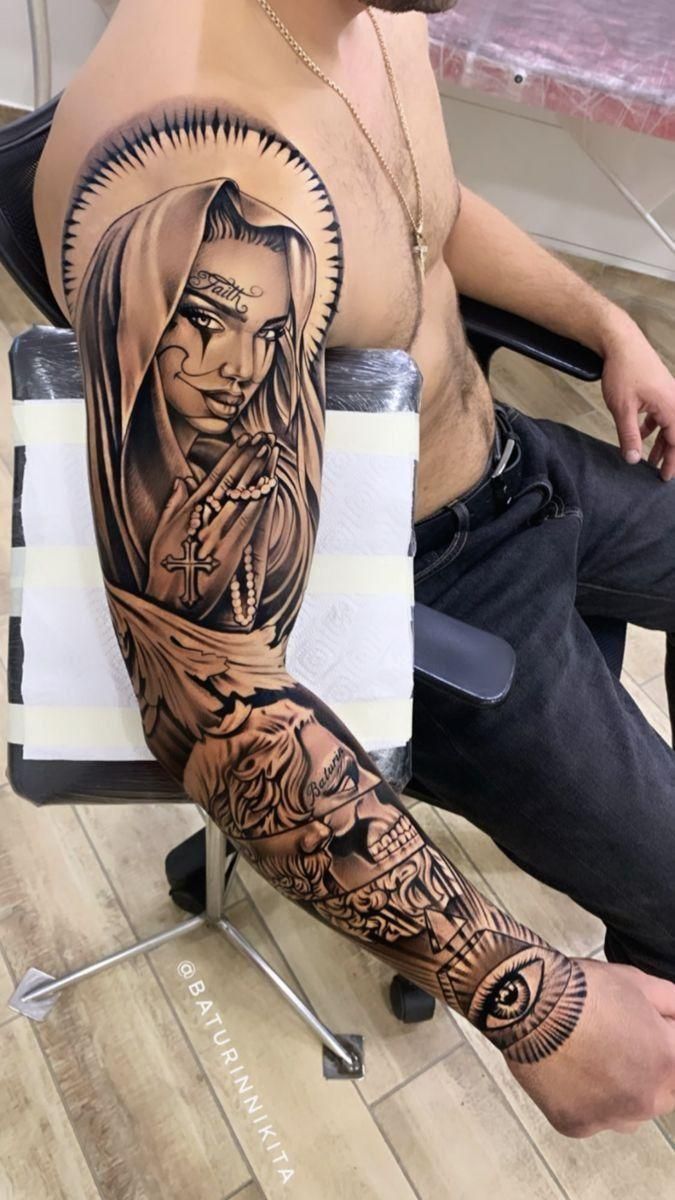

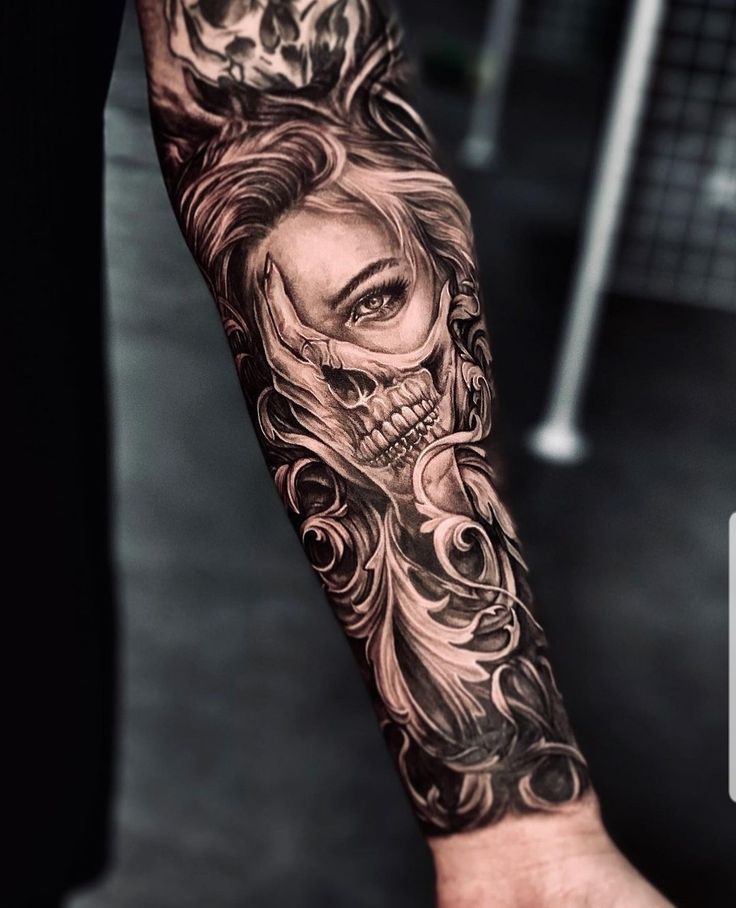

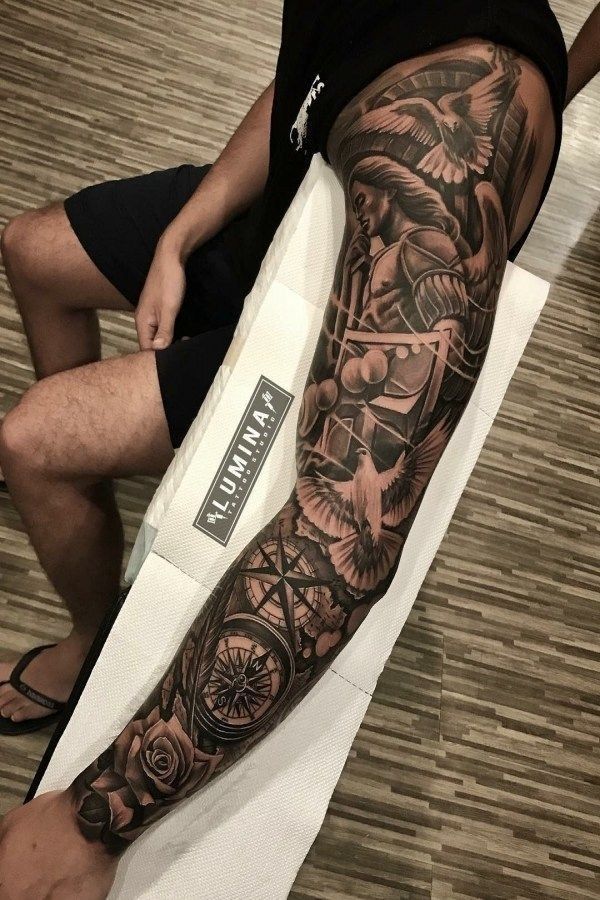

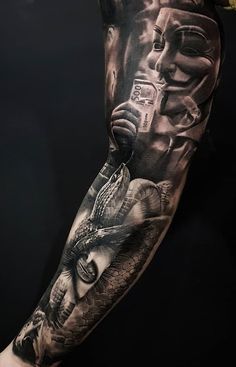

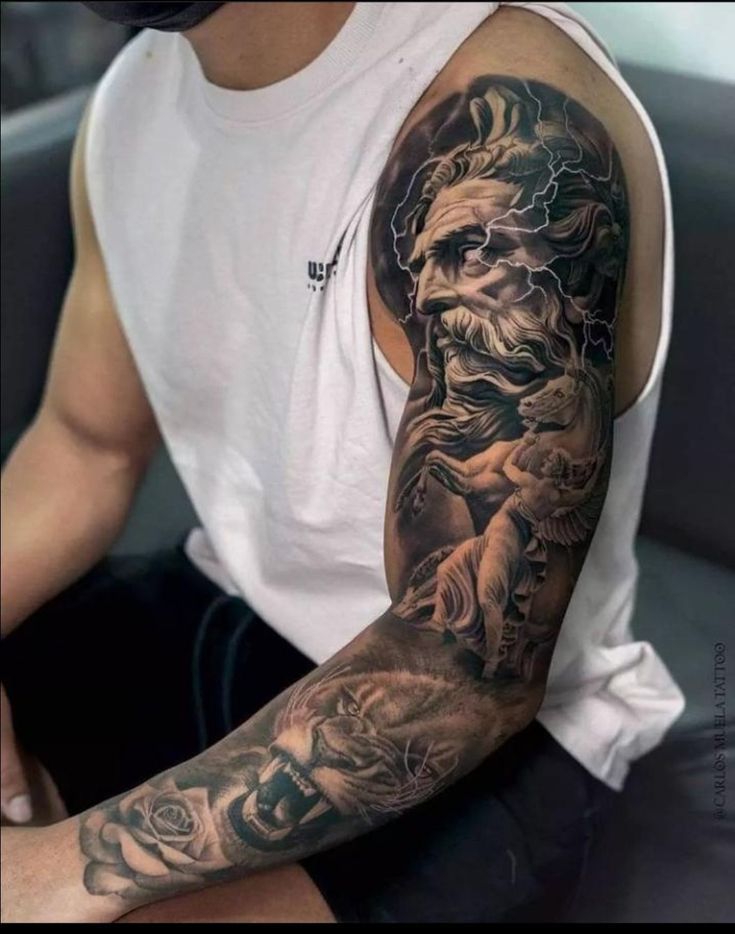

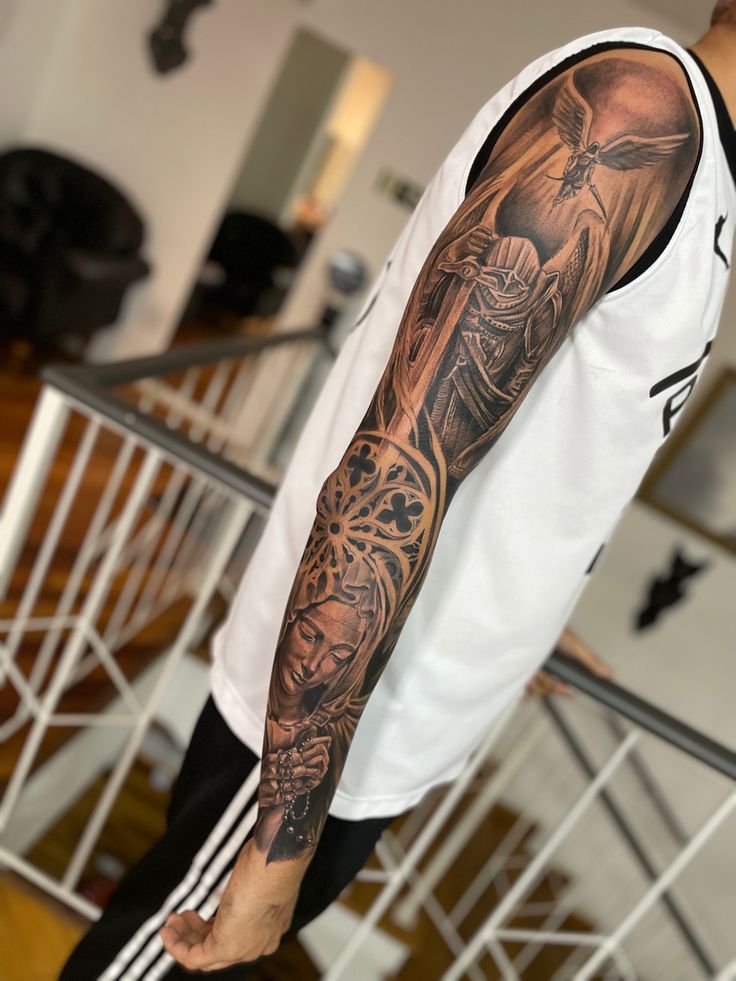

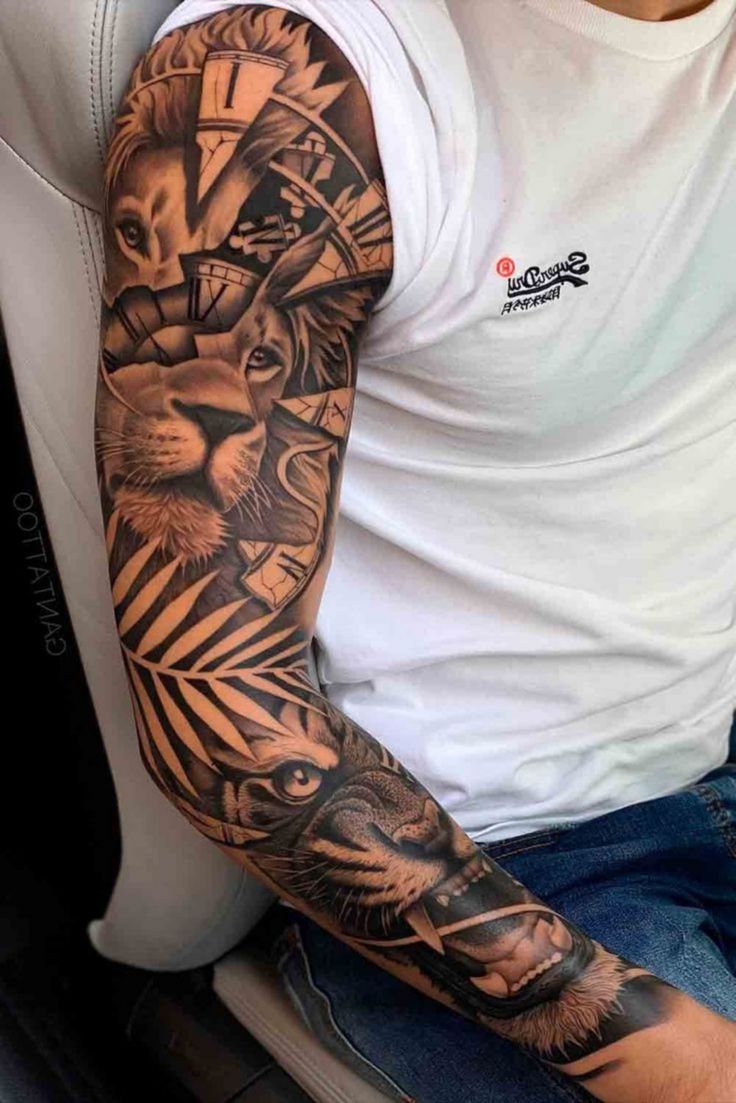

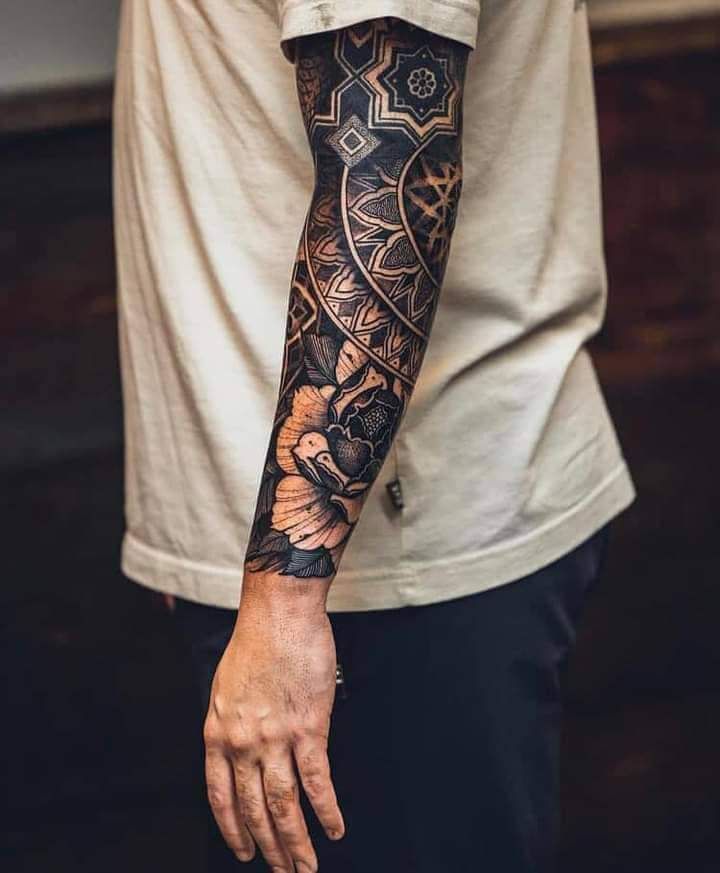

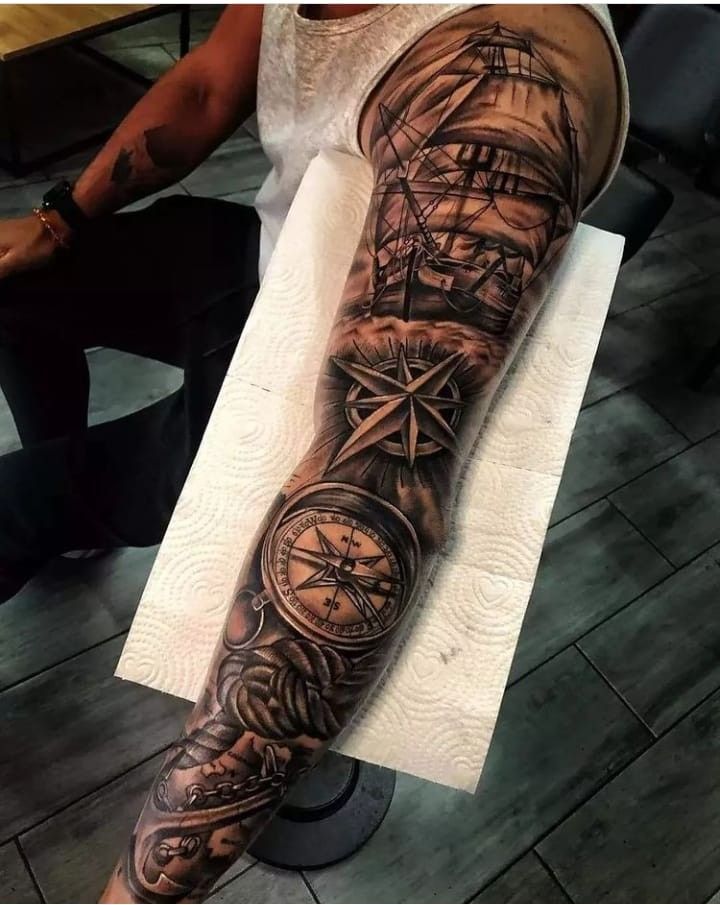

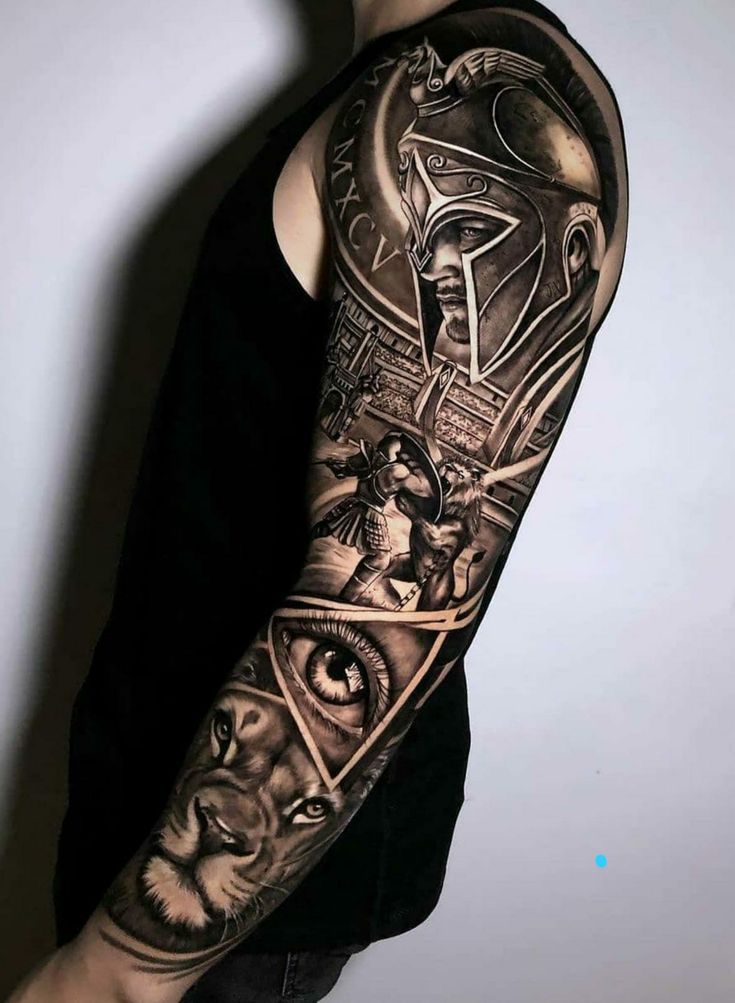

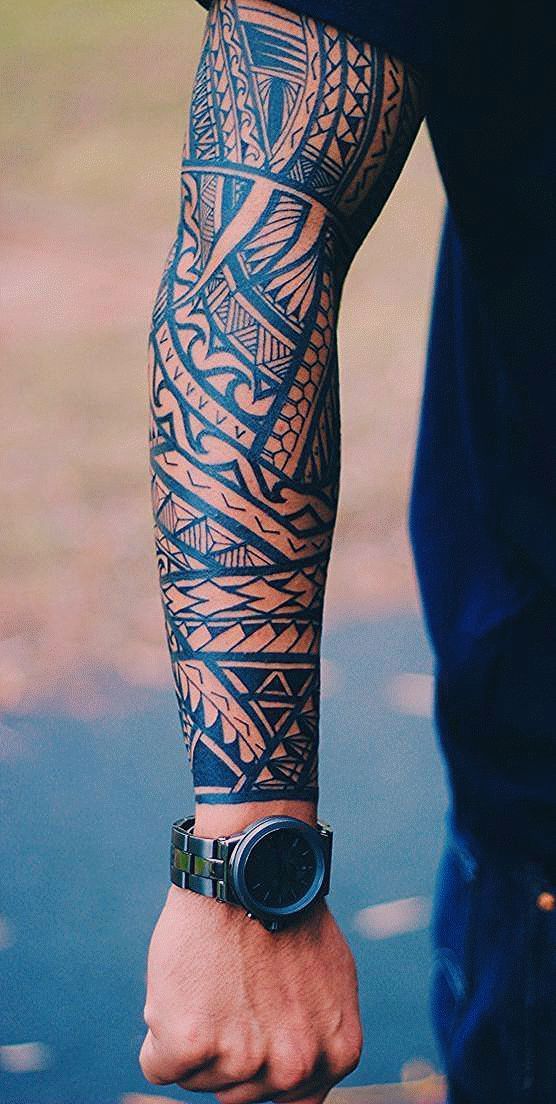

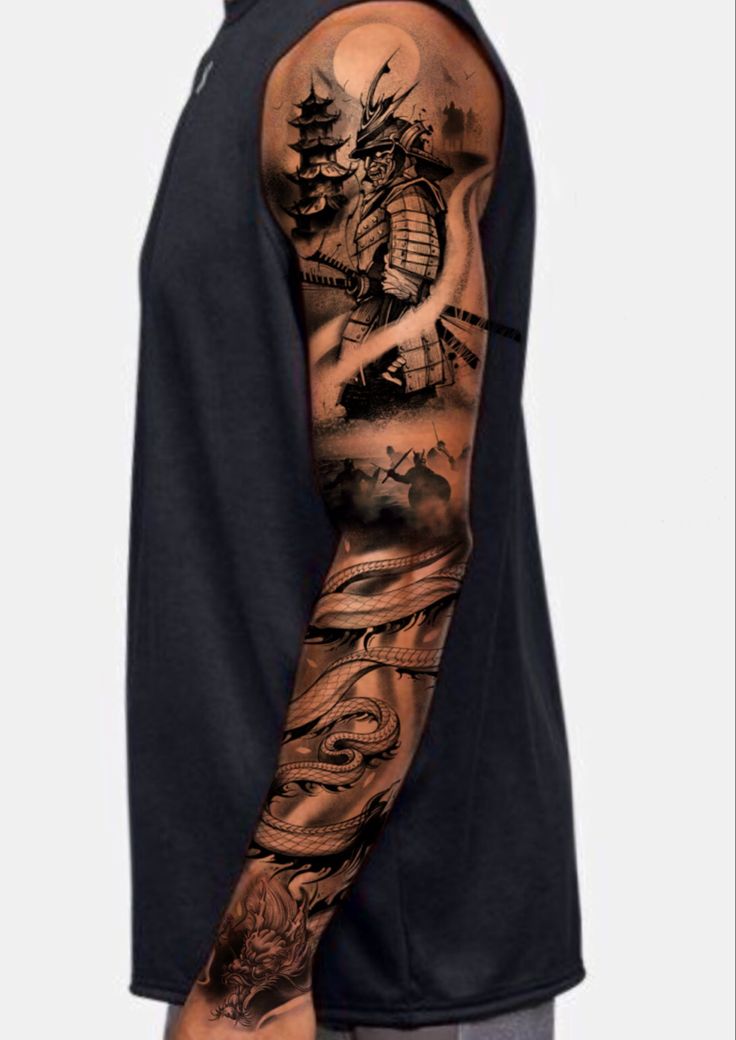

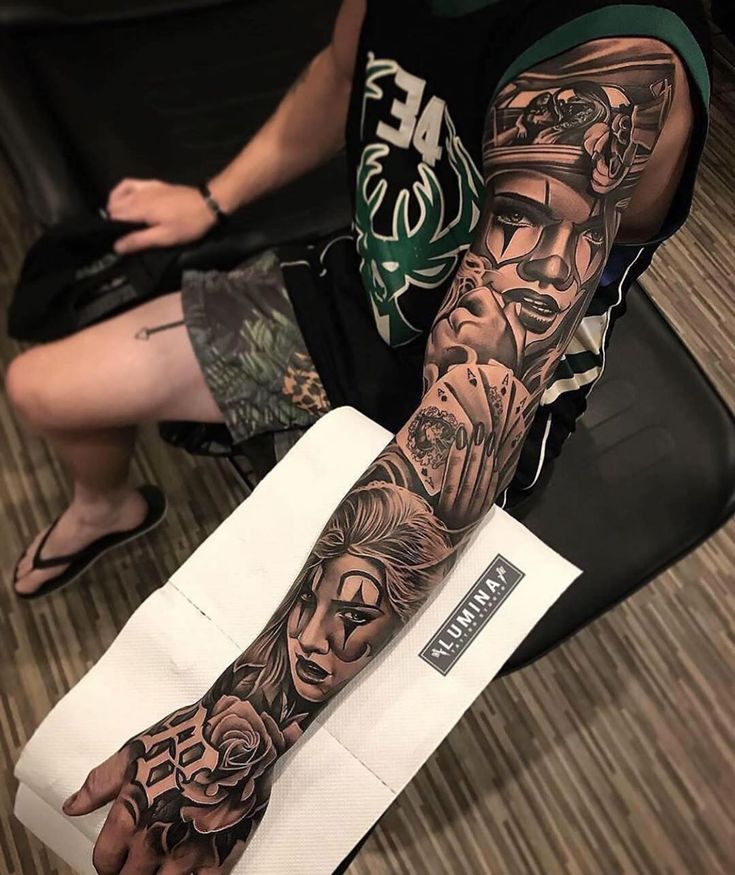

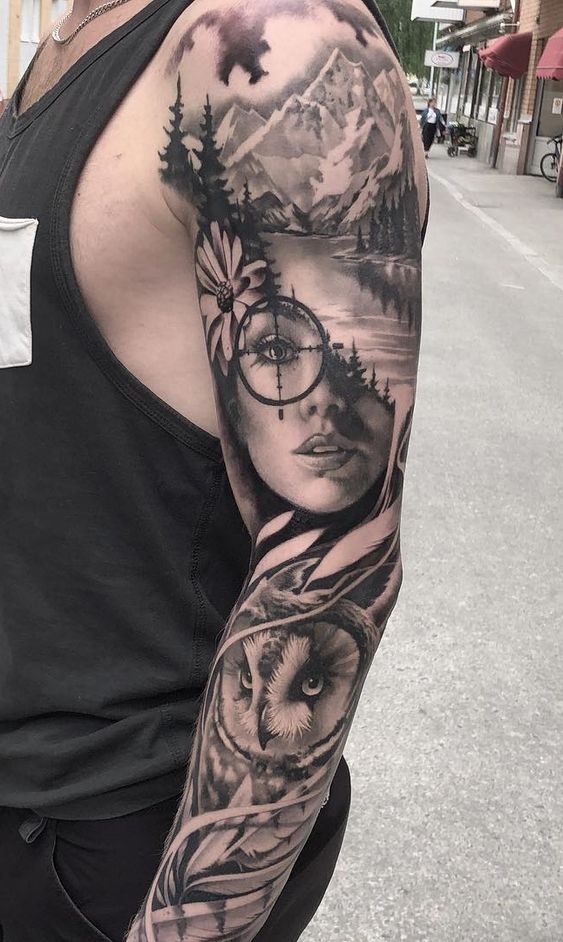

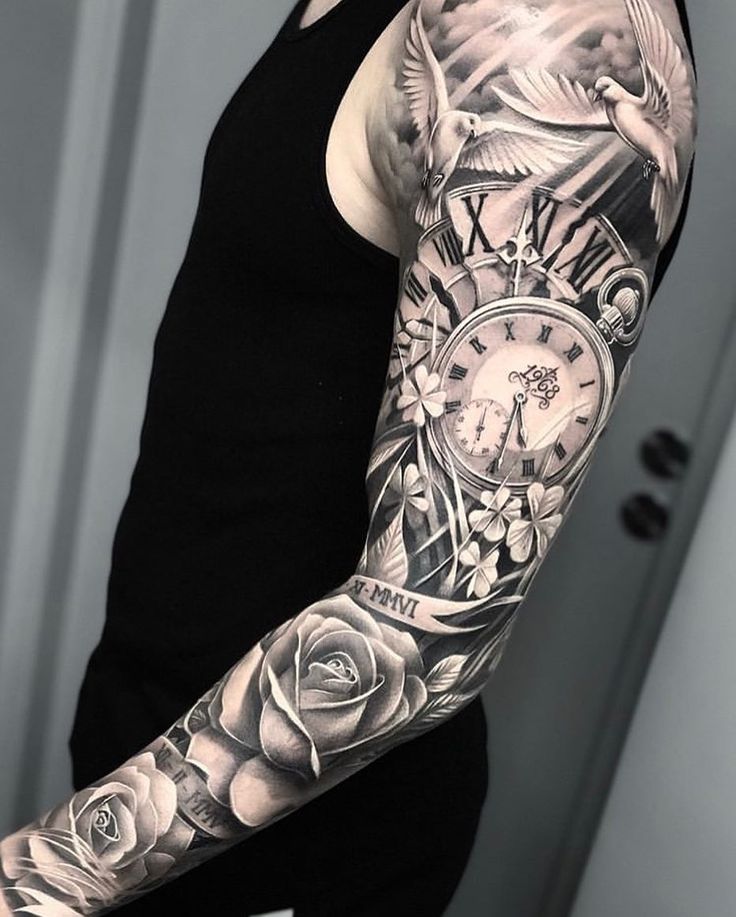

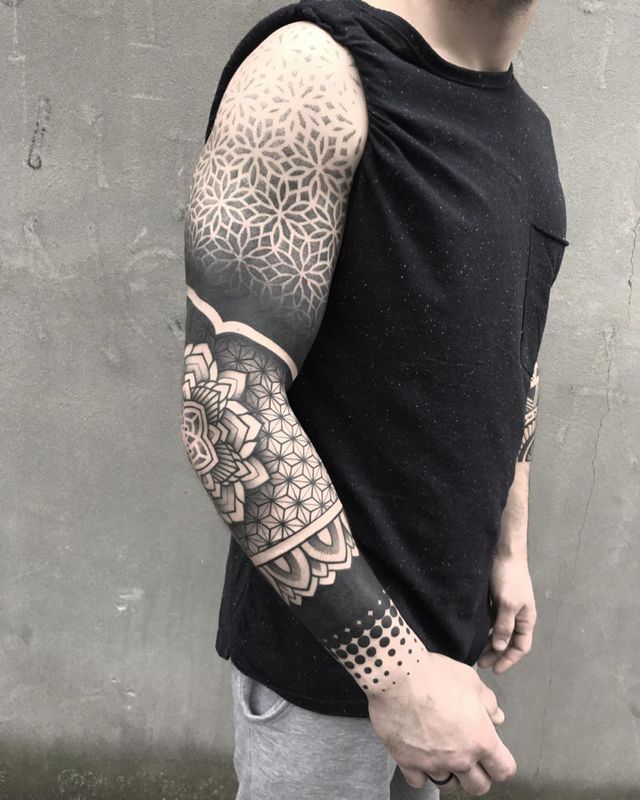

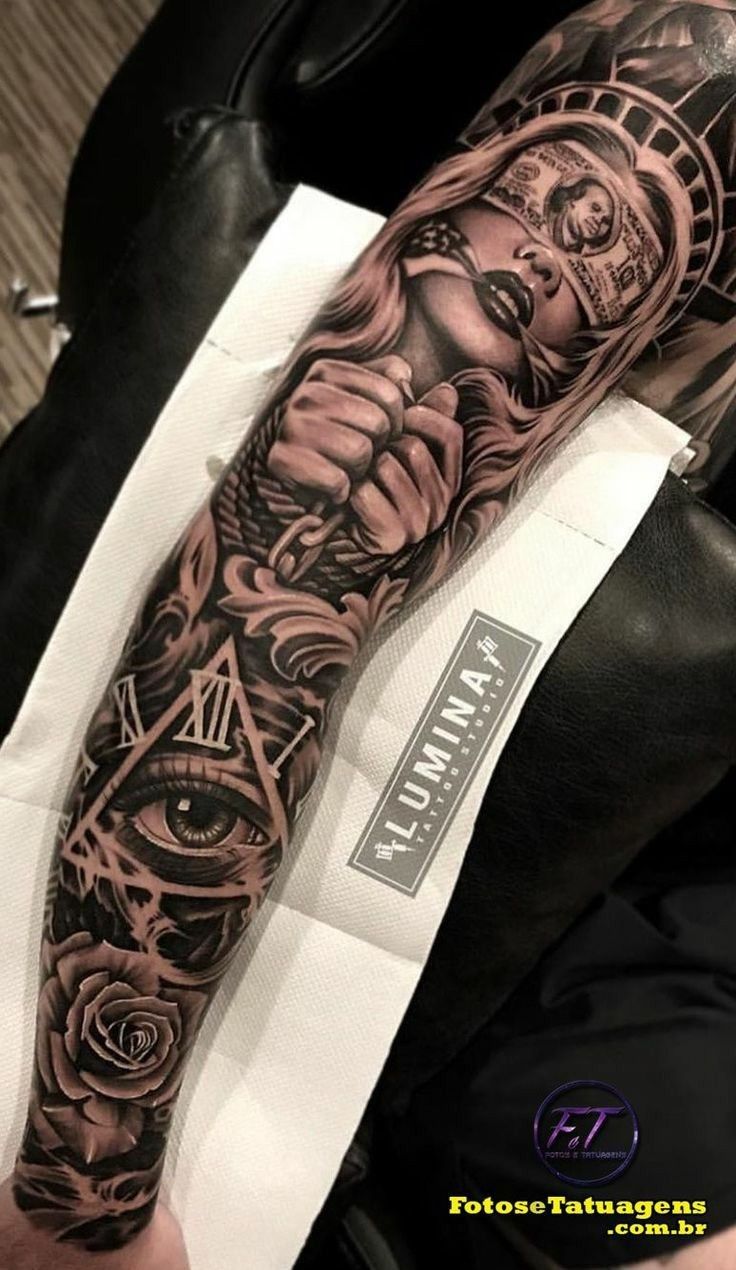

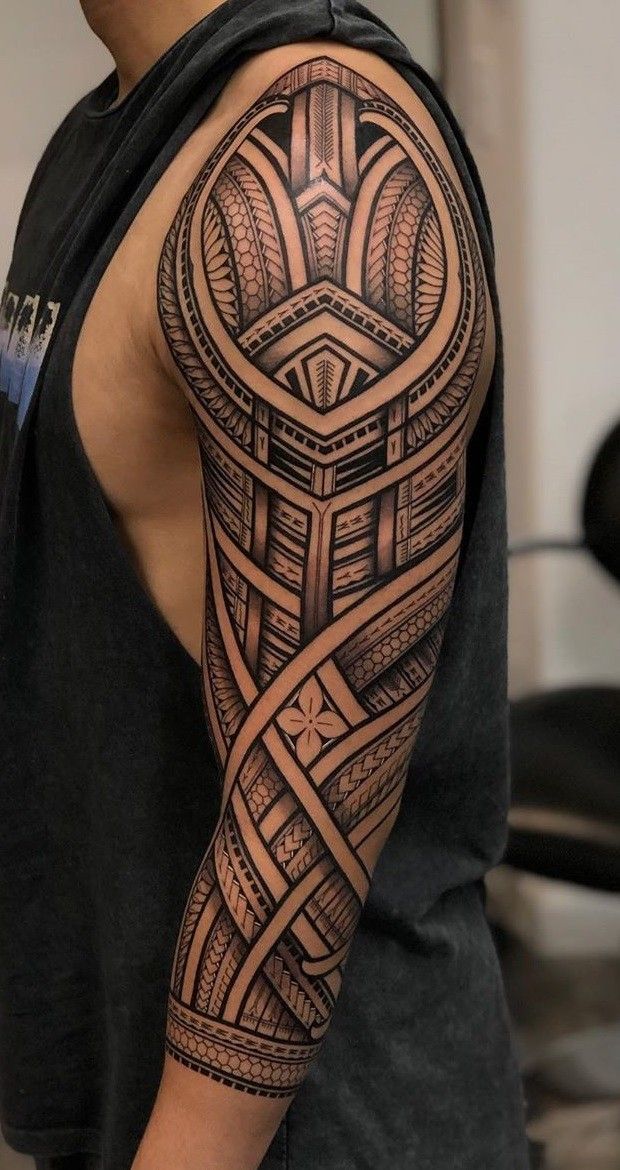
































Comments